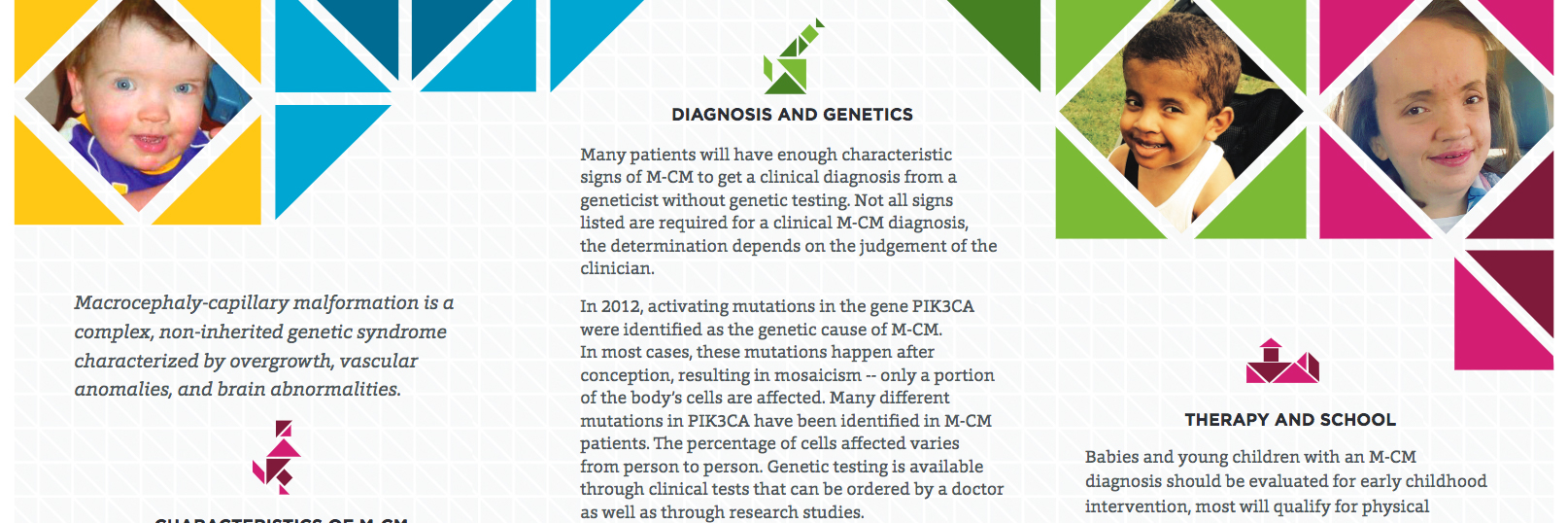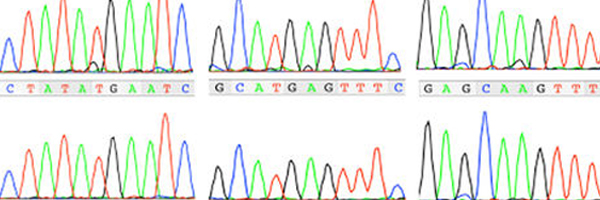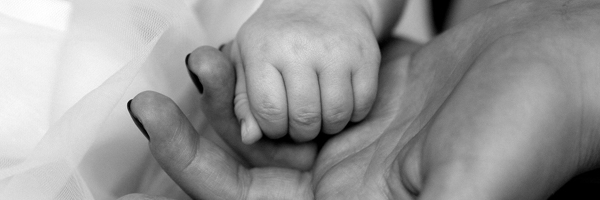Syndrome Description
Learn more about M-CM
Signs of M-CM have been observed during pregnancy. On prenatal ultrasound, some individuals later diagnosed with M-CM have been found to have decreased fetal movements, large for gestational age (LGA), hydrocephalus, frontal bossing, extra fingers or toes, excessive amniotic fluid, asymmetric arms or legs, pleural effusion and hydrops. Affected children are typically large at birth, including a large head. Rarely, children with M-CM are born with a normal head size but then later develop macrocephaly.
Neonatal hypoglycemia, feeding difficulties, growth failure and failure to thrive can manifest in the newborn period in addition to respiratory complications secondary to upper airway obstruction (see Lungs section). It is not clear why hypoglycemia may occur in M-CM. Hypotonia is also a common feature presenting in the newborn period and may account for decreased fetal activity.

Order brochures or download a PDF

Guidelines from published research literature

Guidance for clinical genetic testing

Explore the results of a patient survey conducted in 2012

Explore the research literature related to M-CM

An extensive list of resources